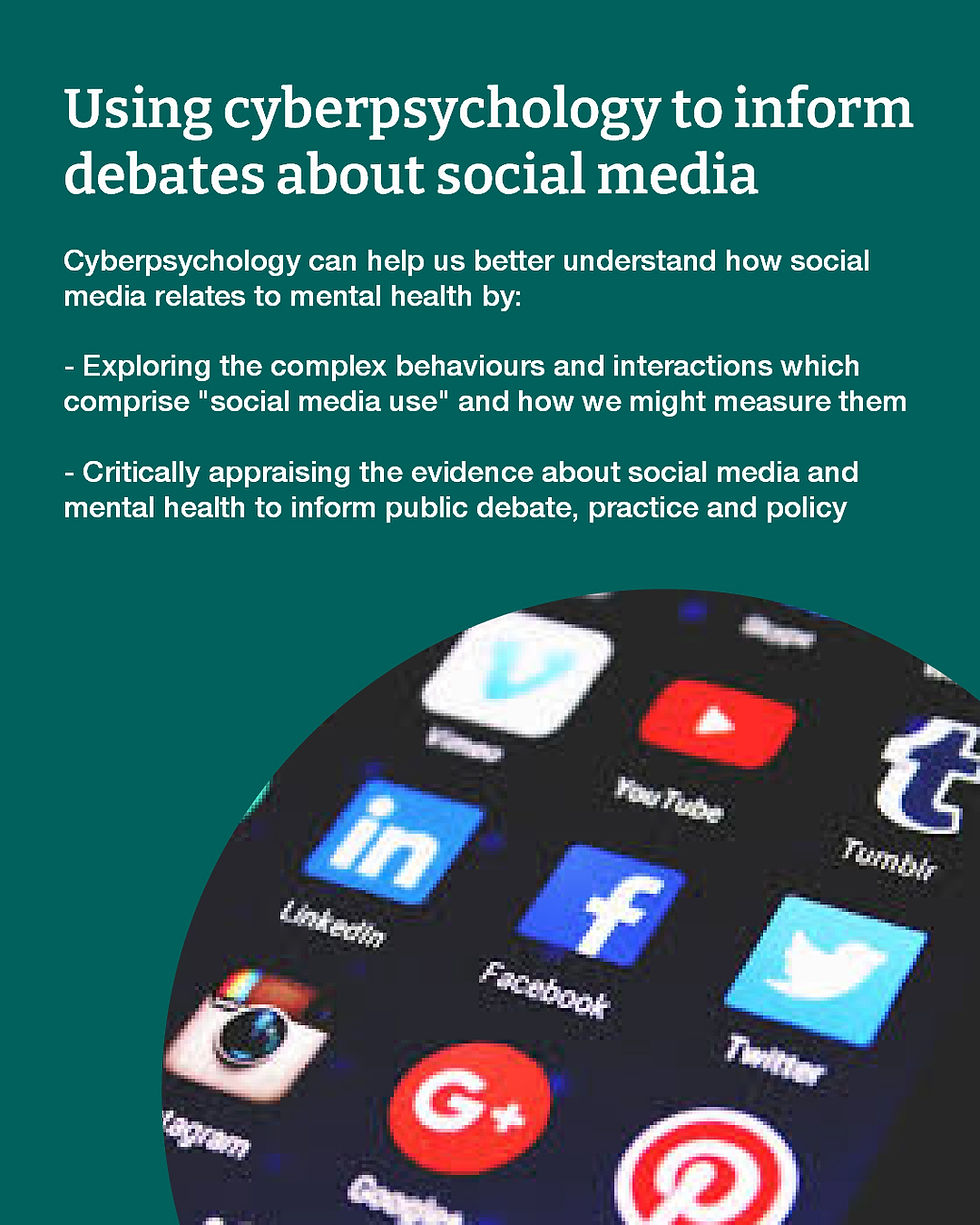Planning and designing research
- LindaKKaye

- Jan 6, 2020
- 3 min read
As a new researcher, it is sometimes difficult to know how to start the research process. It may be that you have lots of ideas, but don’t know how to form these into suitable research questions or methods. There are lots of resources available to help you navigate many research processes, such as hypothesis testing, applying certain methods or analysing data, but less so on building a research project in the first place.
This blog is therefore designed for anyone who is looking for some tips on starting out in research, or can be used by mentors who may wish to direct their students or mentees towards a helpful guide.
As a starter, it may be worth considering the visual below (Figure 1- also downloadable here). This contains the skeletal information needed to start building a research project. This contains a number of key prompts which we will now outline in turn.
Wider societal issue- this is often the reason we do research in the first place. That is, what is the real-world problem you want to try to solve? This could be based on observations such as:
• There is a 20% increase in workplace stress for office workers in the last decade
• People with caring responsibilities report being more lonely than those who do not
• Students are not attending their lectures
• Since smartphones were invented, people seem more depressed
Of course, these are observations which are not necessarily accurate or true, which calls for you to begin a search of the academic literature. Here, you can start to develop a resource-base which can help you explore what the current academic literature has established on these issues. You can also start to know how other researchers may have designed their own studies around similar ideas, to help guide your choice of methods or additional issues you think could be extended from previous work.
Often societal issues may align with stakeholders you may work with, may be in line with policy objectives, funding priorities, etc. Consider your role in these and to extent to which you feel your research ideas can be aligned effectively or not.
Research aim- this essentially is an overarching statement about the main purpose of your research. Here are some examples of how the previous observation statements may look as research aims:

Research objectives/questions - these move beyond your research aim and articulate statements which are testable in your research design.
For example, the research aim “To explore workplace stress in office workers” is not fully testable based on one key reason: If the wider societal issue is about changes or differences in stress levels, then you need to articulate more clearly how you will know that workplace stress is how 20% higher than a decade ago. So in the form of a research question or objective, this may be transformed to something like:
“To what extent do office workers experience more stress than their counterparts in 2010?”
Or
“To what extent have office workers’ experiences of stress increased from 2010 to the present day?”
This is testable as you can design a study to either recruit two groups of office workers (current and those who were employed in 2010) and compare their reports of workplace stress, or ask current office workers to report retrospectively on their experiences of stress changes over the decade.
Having clear and testable research objectives/questions is a crucial basis from which to develop a solid research design. For a small-scale piece of research, usually 1-2 research questions are suitable, but for larger-scale projects, it is common to have many more.
Methodology- this refers to how you will conduct the research. This has to follow logically from your research questions/objectives. A mismatch here can fundamentally flaw a whole research project. Here you may wish to consider issues such as:
• Quantitative or qualitative approach – which is more suitable based on your research
objectives?
• If quantitative- what sort of experimental or survey design is needed to test your
objectives?
• What materials may you need? Are these valid and psychometrically sound?
• Who are your intended participants? What is your recruitment strategy to ensure that
you recruit a representative sample?
• Ethics- voluntary participation, informed consent, withdrawal rights, anonymity,
confidentiality of data and compliance to GDPR on lawful use of data, etc
Some examples of single study and multi-study research planning






Comments